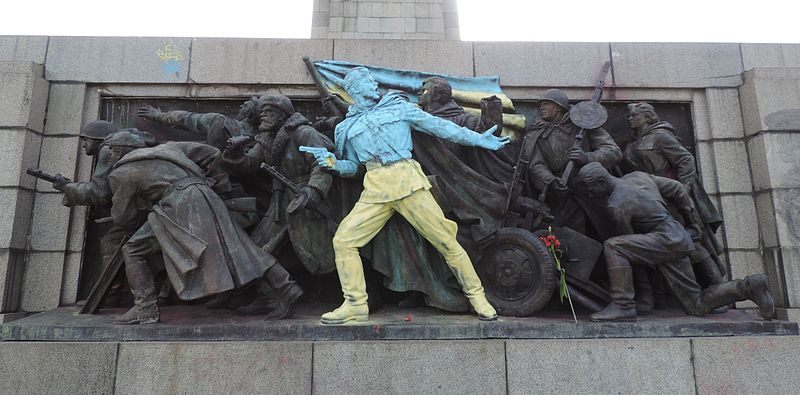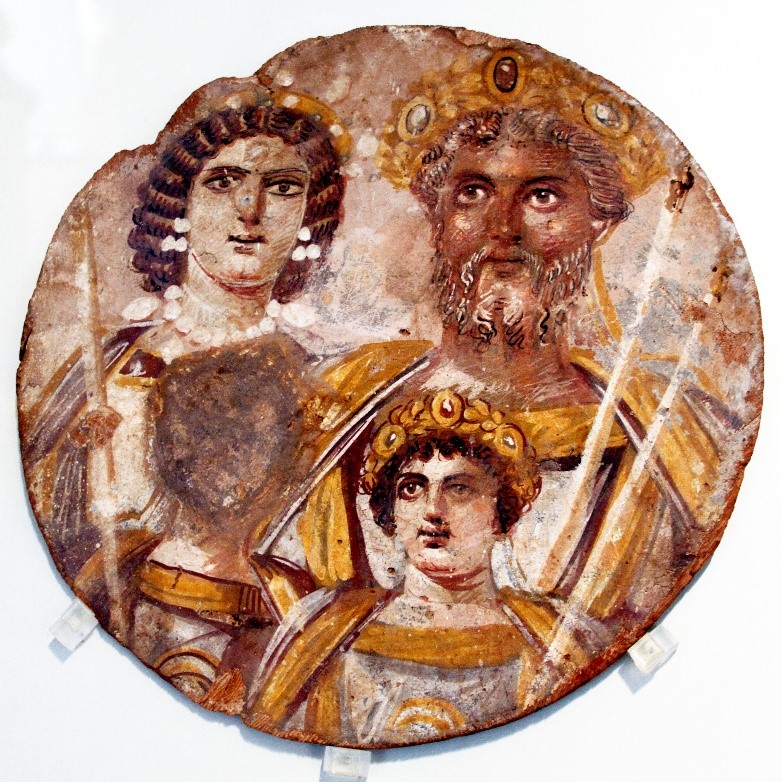Although no one called them disinformation and fake news until recently, they have been used in politics for centuries. Rumours were disseminated with the intention to discredit competitors in the fight for power; false information was employed to disorientate the enemy at times of war or provoke a conflict to benefit its creators. Over time, false documents began to be produced in order to give credibility to the information being spread. That phenomenon became common in the 20th century, and today – due to the internet and social media – it can affect each and every one of us. Anyone can fall victim to false information generated by certain countries, their special services, political groups or even individuals.
The following lesson will allow you to introduce students to the topic of disinformation and memory conflicts. Young people will learn the difference between disinformation, manipulation and propaganda. In the guide ‘No to disinformation’, they will find many examples and tips on how to recognize false information. By watching the recording of the webinar, you will get to know our library of educational materials on disinformation and memory conflicts.





